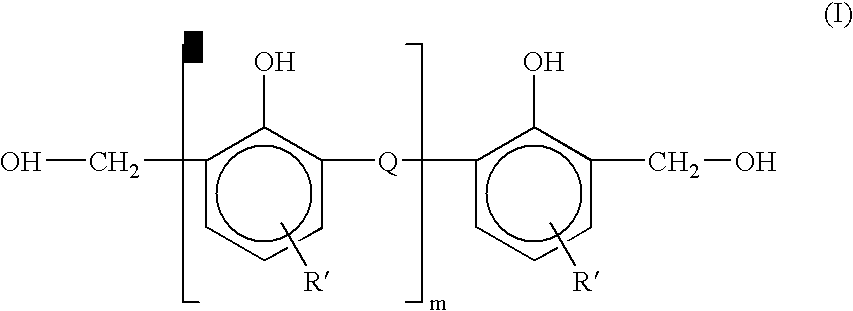Foams and methods for making the same
- Summary
- Abstract
- Description
- Claims
- Application Information
AI Technical Summary
Benefits of technology
Problems solved by technology
Method used
Image
Examples
Embodiment Construction
[0009] The thermoplastic vulcanizates employed to make foams according to this invention include at least one cured rubber, at least one random propylene copolymer, and at least one conventional thermoplastic resin. These thermoplastic vulcanizates are foamed by employing a foaming agent.
[0010] Any rubber or mixture thereof that is capable of being crosslinked or cured can be used as the rubber component. Reference to a rubber may include mixtures of more than one rubber. Useful rubbers typically contain some degree of unsaturation in their polymeric main chain. Some non-limiting examples of these rubbers include elastomeric copolymers, butyl rubber, natural rubber, styrene-butadiene copolymer rubber, butadiene rubber, acrylonitrile rubber, halogenated rubber such as brominated and chlorinated isobutylene-isoprene copolymer rubber, butadiene-styrene-vinyl pyridine rubber, urethane rubber, polyisoprene rubber, epichlolorohydrin terpolymer rubber, and polychloroprene. The preferred ru...
PUM
| Property | Measurement | Unit |
|---|---|---|
| Fraction | aaaaa | aaaaa |
| Percent by mass | aaaaa | aaaaa |
| Percent by mass | aaaaa | aaaaa |
Abstract
Description
Claims
Application Information
 Login to View More
Login to View More - R&D
- Intellectual Property
- Life Sciences
- Materials
- Tech Scout
- Unparalleled Data Quality
- Higher Quality Content
- 60% Fewer Hallucinations
Browse by: Latest US Patents, China's latest patents, Technical Efficacy Thesaurus, Application Domain, Technology Topic, Popular Technical Reports.
© 2025 PatSnap. All rights reserved.Legal|Privacy policy|Modern Slavery Act Transparency Statement|Sitemap|About US| Contact US: help@patsnap.com


